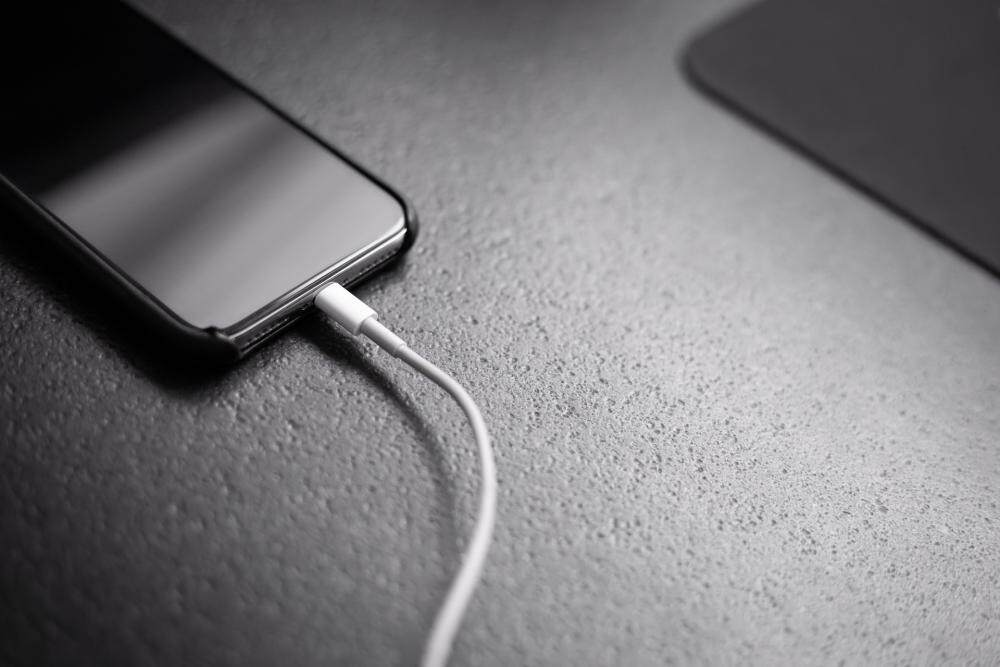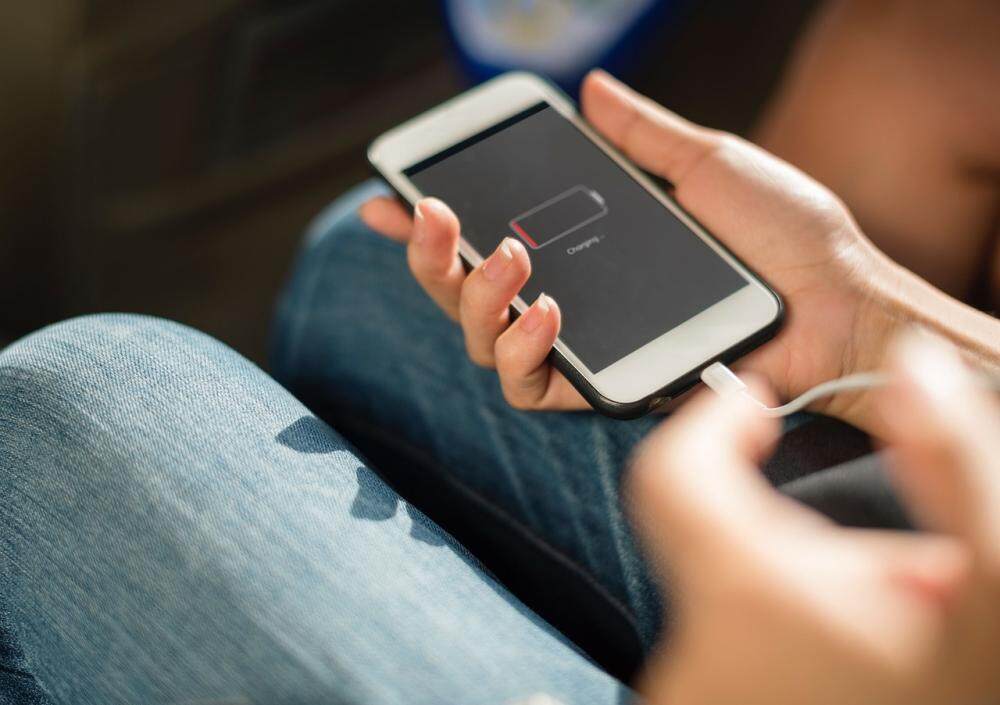Error de formato de correo electrónico
emailCannotEmpty
emailDoesExist
pwdLetterLimtTip
inconsistentPwd
pwdLetterLimtTip
inconsistentPwd

Noticias

How Long to Charge Cell Phone Battery for the First Time?
How long to charge cell phone battery for the first time is an essential step to ensure optimal performance and longevity. In this blog post, we will explore the ideal charging duration for a new mobile phone battery, debunk common myths, and provide useful tips for maximizing battery life. So, let’s dive in!
Section 1: Understanding the Importance of Proper Charging
1.1 The Significance of Charging a New Cell Phone Battery
When you purchase a new cell phone, it is crucial to charge the battery properly before using it. This initial charge helps activate the battery and ensures that it reaches its full capacity. It is recommended to follow the manufacturer’s guidelines for the first charge to optimize the battery’s performance.
1.2 Debunking Myths: Should You Charge Your Phone Overnight?
One common myth is that charging your phone overnight can damage the battery. However, modern smartphones are equipped with advanced charging circuits that prevent overcharging. Once the battery reaches 100%, the charging process automatically stops, and the phone switches to a trickle charge mode. Therefore, charging your phone overnight is generally safe and convenient.
1.3 The Role of Wholesale Mobile Phone Battery Suppliers in Ensuring Quality
Wholesale mobile phone batteries suppliers play a crucial role in providing high-quality batteries to manufacturers and consumers. These suppliers ensure that the batteries meet industry standards and undergo rigorous testing for performance and safety. Choosing reputable suppliers is essential to ensure the longevity and reliability of your cell phone battery.
Section 2: Factors Affecting Charging Time
2.1 Battery Capacity and Charging Speed
The charging time of a cell phone battery depends on its capacity. Higher capacity batteries will take longer to charge compared to lower capacity ones. Additionally, the charging speed can vary depending on the charger and the phone’s charging capabilities. Fast charging technologies, such as Qualcomm Quick Charge or USB Power Delivery, can significantly reduce charging time.
2.2 The Impact of Charger Type and Output
Using the right charger is crucial for efficient charging. Chargers with higher output power can charge the battery faster. It is recommended to use the original charger provided by the manufacturer or a charger that meets the phone’s specifications. Using incompatible chargers can lead to slower charging or even damage the battery.
2.3 Environmental Factors: Temperature and Humidity
Extreme temperatures can affect the charging time and overall battery performance. Charging a phone in high temperatures can cause the battery to heat up, leading to slower charging and potential damage. On the other hand, charging in extremely cold temperatures can also affect the battery’s capacity. It is best to charge your phone in a moderate temperature environment for optimal results.
Section 3: Recommended Charging Time for a New Cell Phone Battery
3.1 Manufacturer Guidelines: Following the Instructions
Manufacturers often provide specific instructions for charging a new cell phone battery. These guidelines may vary depending on the brand and model. It is essential to read the user manual or visit the manufacturer’s website to understand the recommended charging time for your specific phone. Following these guidelines will help ensure the battery’s longevity and performance.
3.2 Average Charging Time for Different Battery Capacities
On average, a new cell phone battery with a capacity of around 3000mAh may take approximately 2-3 hours to charge fully. However, this can vary depending on the factors mentioned earlier, such as charger type, output, and battery capacity. It is important to note that the first charge may take slightly longer than subsequent charges due to the battery’s initial activation process.
3.3 Balancing Speed and Battery Longevity
While fast charging technologies can significantly reduce charging time, it is important to strike a balance between speed and battery longevity. Rapid charging generates more heat, which can degrade the battery over time. If you prioritize battery health and longevity, it is advisable to use standard charging methods rather than fast charging on a regular basis.
Section 4: Tips for Maximizing Battery Life
4.1 Avoiding Overcharging: The 80-20 Rule
To maximize battery life, it is recommended to avoid overcharging. The 80-20 rule suggests that you should charge your phone up to 80% and avoid letting it drop below 20%. This practice helps reduce stress on the battery and prolong its lifespan. Charging your phone in short bursts throughout the day can help maintain the battery within this optimal range.
4.2 Optimal Charging Frequency: How Often Should You Charge?
There is no fixed rule for how often you should charge your phone. Lithium-ion batteries, commonly used in smartphones, do not have a memory effect, so you can charge them whenever convenient. However, it is advisable to avoid letting the battery drain completely before recharging. Regular top-ups and avoiding deep discharges can help maintain battery health.
4.3 Battery Calibration: A Step Towards Accurate Battery Percentage
Over time, the battery percentage displayed on your phone may become less accurate. Calibrating the battery can help recalibrate the software to provide a more accurate reading. To calibrate the battery, fully charge it, then use it until it drains completely. Charge it back to 100% without interruption, and the battery percentage should be more reliable afterward.
4.4 Battery Saving Techniques: Managing Apps and Settings
To extend battery life, you can employ various techniques such as optimizing app usage, reducing screen brightness, disabling unnecessary features like GPS or Bluetooth when not in use, and enabling power-saving modes. Additionally, keeping your phone’s software up to date can help improve battery efficiency by optimizing system performance.
Section 5: Common Mistakes to Avoid
5.1 Using Incompatible Chargers: The Dangers of Counterfeit Products
Using counterfeit or low-quality chargers can pose a significant risk to your phone’s battery and overall safety. These chargers may not provide the correct voltage or current, leading to slower charging, overheating, or even battery damage. It is crucial to use genuine chargers or those from reputable manufacturers to ensure compatibility and safety.
5.2 Extreme Temperatures: The Impact on Battery Health
Exposing your phone to extreme temperatures, whether hot or cold, can have adverse effects on the battery’s performance and lifespan. High temperatures can accelerate battery degradation, while cold temperatures can reduce the battery’s capacity temporarily. It is best to avoid leaving your phone in direct sunlight or in freezing conditions for extended periods.
5.3 Ignoring Software Updates: The Importance of Firmware Upgrades
Software updates often include optimizations and bug fixes that can improve battery efficiency. Ignoring these updates can result in suboptimal battery performance. It is advisable to regularly check for and install software updates provided by the manufacturer to ensure your phone’s battery operates at its best.
Section 6: Troubleshooting Battery Charging Issues
6.1 Slow Charging: Potential Causes and Solutions
If you notice that your phone is charging slower than usual, several factors could be at play. It could be due to a faulty charger, a damaged charging port, or background apps consuming excessive power. Try using a different charger, cleaning the charging port, or closing unnecessary apps to troubleshoot the issue.
6.2 Battery Drain: Identifying Culprits and Resolving the Issue
Excessive battery drain can be frustrating. Identifying the apps or settings causing the drain can help resolve the issue. Check the battery usage statistics in your phone’s settings to identify any power-hungry apps. You can then take appropriate action, such as closing or uninstalling those apps, or adjusting settings to optimize battery usage.
6.3 Battery Replacement: When Is It Time to Change?
Over time, all batteries degrade and lose their capacity. If you notice a significant decrease in your phone’s battery life, even after following all the tips mentioned earlier, it may be time to consider replacing the battery. Contact the manufacturer or a reputable service center to get a genuine replacement battery for your phone.
Conclusion:
How long to charge cell phone battery for the first time is a crucial step in ensuring its longevity and optimal performance. By understanding the factors affecting charging time, following manufacturer guidelines, and implementing battery-saving techniques, you can maximize your battery’s lifespan. Remember to avoid common mistakes and troubleshoot any charging issues promptly. With proper care, your cell phone battery will serve you well for years to come.
